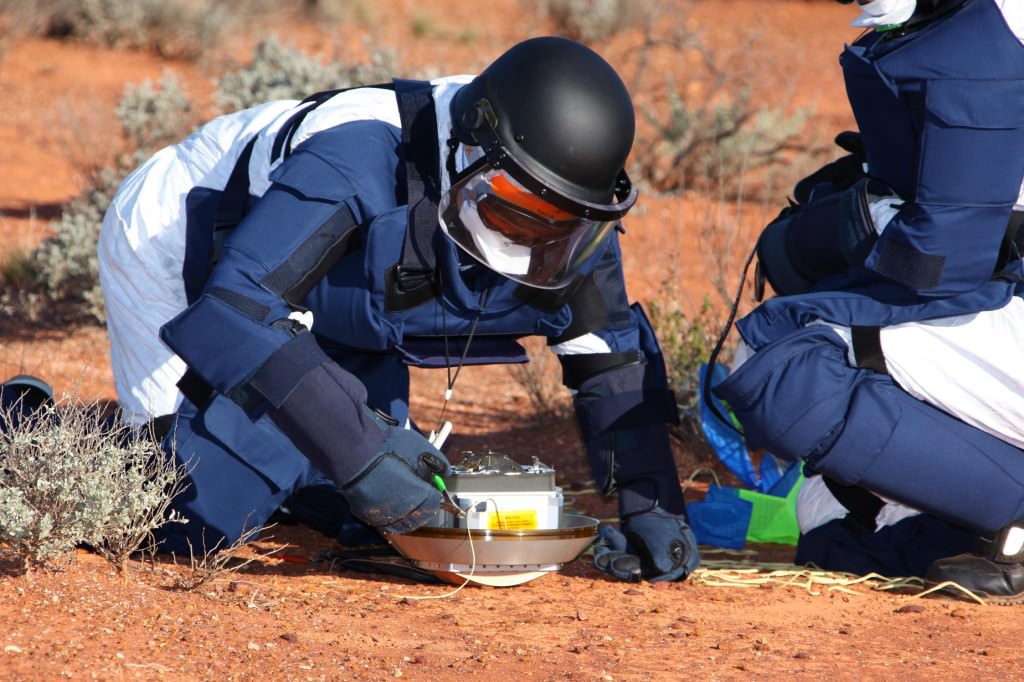Panspermia is an idea that has been around for a long time. It was first mentioned in the 5th century BC by Anaxagoras, one of the most prominent pre-Socratic philosophers. The problem with the theory is that there’s never really been any evidence to back it up. That lack of evidence has changed dramatically in the last 20 or so years, and recently more data has been added to that dataset. A team from Royal Holloway, part of the University of London, found organic material and water in a sample of Itokawa, the asteroid the first Hayabusa mission visited over 10 years ago.
Organics have been found on meteorites before, but Hayabusa marked the first time a sample of a “S-type” asteroid was observed to contain organic molecules. It even came directly from the source, rather than being subjected to significant amounts of time on Earth itself before being tested.

Credit: JAXA
More interesting still, the team, led by Dr. Queenie Chan, found there were two different types of organics on the single grain of the asteroid that they were able to study, known as “Amazon”. Some of the organics had been heated up to a temperature of over 600 degrees, whereas other organics that were located very near the superheated organic material had gone through no such heating process.
This indicated that the asteroid continued to pick up organic material as it traveled through the solar system after the heating event that seared only some of that organic material. Dynamic changes like those observed in the organic material of Amazon mean it is more likely for asteroid to pick material during their journey, and therefore more likely to deposit them on the Earth. Since S-type asteroids are the most common form of meteorites, there is an added chance that some of them that impacted Earth billions of years ago had these life-building chemicals on them.
Credit: JAXA Youtube Channel
By no means is this definitive evidence that panspermia took place, though it is another data point in its favor. Luckily, even more sample return missions from Hayabusa’s successors will provide even more data points in the near future. Whether or not they contain organics remains to be seen though.
Learn More:
Royal Holloway – Organic materials essential for life on Earth are found for the first time on the surface of an asteroid
Independent – Scientists shocked at water and organic material found on asteroid for the first time
InterestingEngineering – Scientists Find Water and Organic Matter on An Asteroid For The First Time

